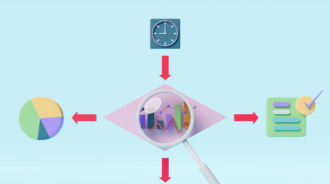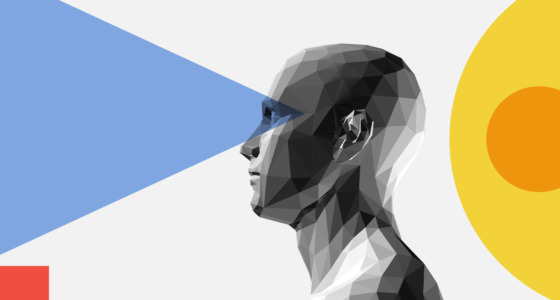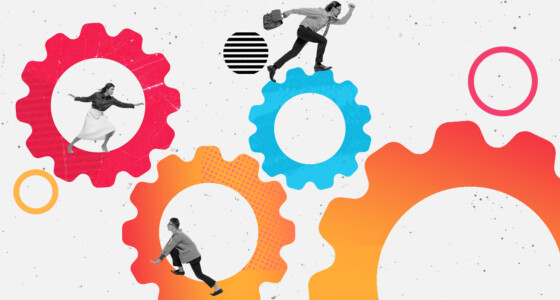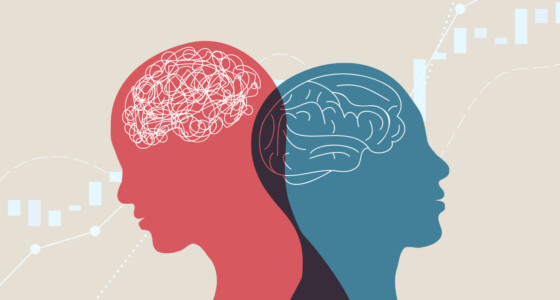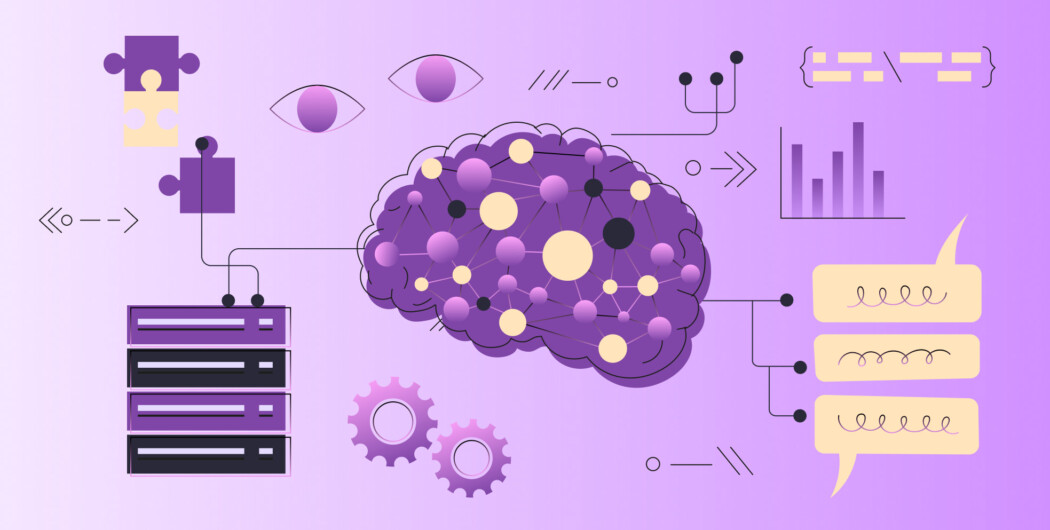

Did you know that a piece of brain tissue as small as a grain of sand has 100,000 neurons and 1 billion synapses? How does one even approach studying that?
Scientists have developed theories and conducted experiments to understand the inner workings of the brain. The brain connects thoughts, emotions, and behaviors and shapes how people perceive themselves, the world, and the relationships within it. And the fun part? Scientists are still on a journey to uncover the full story!
Let’s explore five recent scientific conclusions driving progress in neuroscience and psychology.
Brain organization and predictive coding in Hierarchically Mechanistic Mind
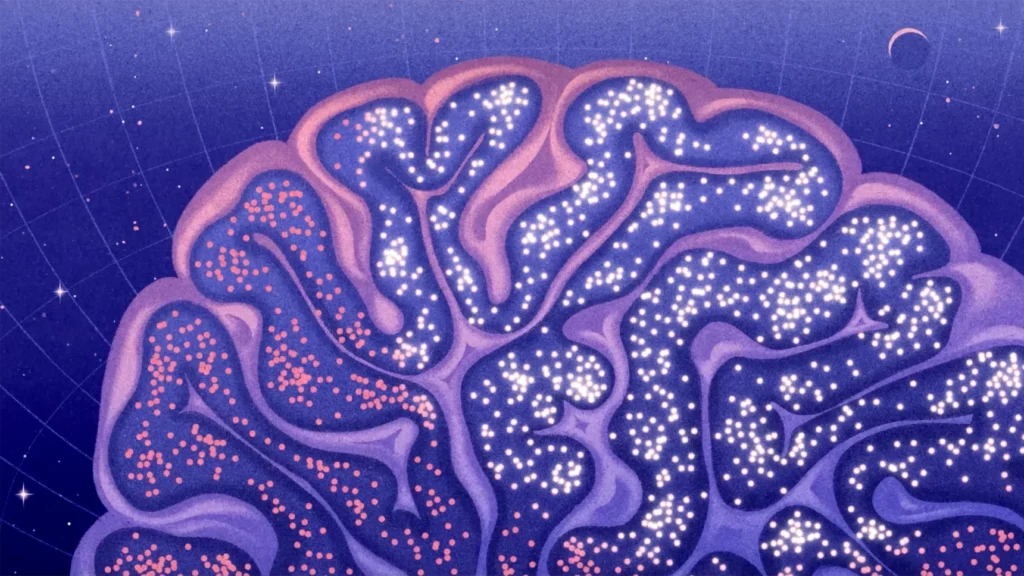
The 21st century has brought incredible progress in people’s understanding of the brain, and interdisciplinary research has been at the forefront. Dr. Paul Badcock’s team has proposed the Hierarchically Mechanistic Mind model, which merges psychology, neuroscience, and biology.
HMM combines two key ideas:
- The brain as a hierarchical prediction machine
- The need to analyze human thoughts and behaviors across multiple levels
The HMM theory suggests that the brain is made up of various specialized components, each with its unique role. These components work together in an organized manner, much like different departments in a company. Some components handle specific tasks, while others oversee the overall coordination.
This theory is supported by neuroimaging studies, which reveal that different regions of the brain perform distinct functions and are interconnected in a hierarchical manner. The brain’s structure is optimized to allow both specialized processing and effective overall brain function. Notably, this hierarchical organization is also observed in the brains of animals.
As those two key ideas were explored further, they evolved into two more intricate concepts:
- The brain as a hierarchical prediction machine: The human brain constantly refines its understanding of the world and tries to minimize the gap between expectations and real-life experiences. This process involves deep and superficial pyramidal cells encoding hypotheses and prediction errors, respectively.
- Analysis across multiple levels: To understand human thoughts and behaviors fully, further research needs to examine them from various perspectives. These include evolutionary, developmental, and real-time mechanistic processes.
Evolutionary and developmental influences on brain structure
The HMM also tackles the brain’s workings by considering evolutionary and developmental influences on its structure.
The brain is thought to be composed of two distinct types of regions:
Ancient, domain-specific regions: These are brain areas that have evolved over a long time through the process of natural selection. These regions are highly specialized and adapted to perform specific functions that have been crucial for human survival over millennia.
Domain-specific regions are responsible for handling basic functions, like sensory perception, basic motor control, and processing fundamental emotions. They are less flexible and are designed to excel at their specialized roles.
Recent, domain-general networks: These brain networks are more recent in terms of evolution. What makes them different is that they’re highly adaptable.
These networks have developed through a combination of factors — genetic influences, epigenetic changes, and cultural evolution. They are responsible for more complex cognitive functions, like problem-solving, reasoning, and social interactions.
Evolutionary survival strategies
Dr. Badcock’s team applied the HMM model to depression, and they suggested that milder forms of depression might have evolved as a survival strategy in situations involving social risks.
When facing potential rejection, defeat, or loss, feeling a bit down could be beneficial. It’s like your brain’s warning signal to be cautious and attentive in your social environment. This heightened sensitivity to social risks may lead to withdrawing or seeking help in navigating such situations.
Essentially, depression helps reduce uncertainty in social interactions by promoting behaviors that attract support and prevent conflicts or surprises.

The role of connecting with different brains
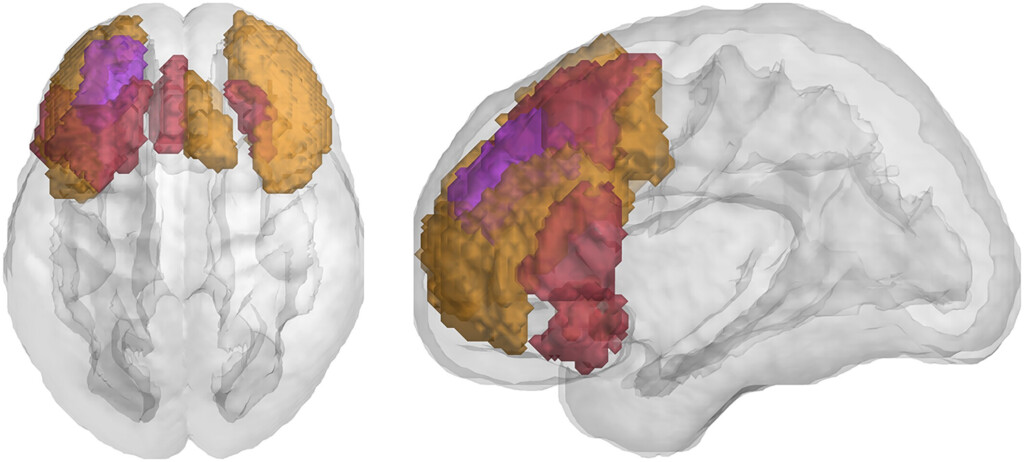
Social neuroscience increasingly reveals that people naturally gravitate toward those whose brains operate similarly to theirs.
To understand another person, you need to reverse-engineer the mind that underlies their observable behaviors. For this, people typically default to interpreting their actions through the lens of their own brain’s operation. This happens because of mirror neurons.
Mirror neurons activate similar neural programs when you observe someone, be it a fellow human or even a nonhuman primate, perform an action. Through this mirroring process, you learn from the behaviors of others by simulating them in your mind.
However, there are pitfalls in assuming that others’ brains work identically to yours. When you connect the dots or fill in gaps in your understanding of someone with a different brain, you risk making incorrect assumptions. The conclusion here is that your brain drives you to connect with like-minded individuals, but for a deeper understanding of others, you must venture beyond the familiar.
Causal asymmetry in mind-brain beliefs
In a series of five studies, which involved both lay participants and professional psychotherapists, a group of researchers delved into intuitive theories of minds and brains.
They had a theory called neurodualism, which is a mix of two different ideas:
- One that sees the brain as very powerful in controlling the mind;
- And the other that sees the mind and the brain as somewhat separate.
The studies consistently found that most people, including those without scientific training, believed that if you make changes in the brain, it would have a bigger effect on the mind than if you made changes in the mind to impact the brain. This belief was strong and showed up in various situations tested in the studies.
What’s interesting is that how much someone believed in the separation of the mind and the body (popular dualism) was not strongly connected to how much they believed in neurodualism. This means that people can have complex beliefs about how the mind and brain relate to each other. Even professional psychotherapists, who are trained in mental health and psychology, showed some belief in neurodualism, although not as strongly as the laypeople.
The study concluded that both laypeople and trained mental health professionals tend to think of the mind and brain as somewhat separate. People intuitively think that mental changes can occur independently of neural changes in certain situations.
Dualism, physicalism, and complexity of intuitive theories
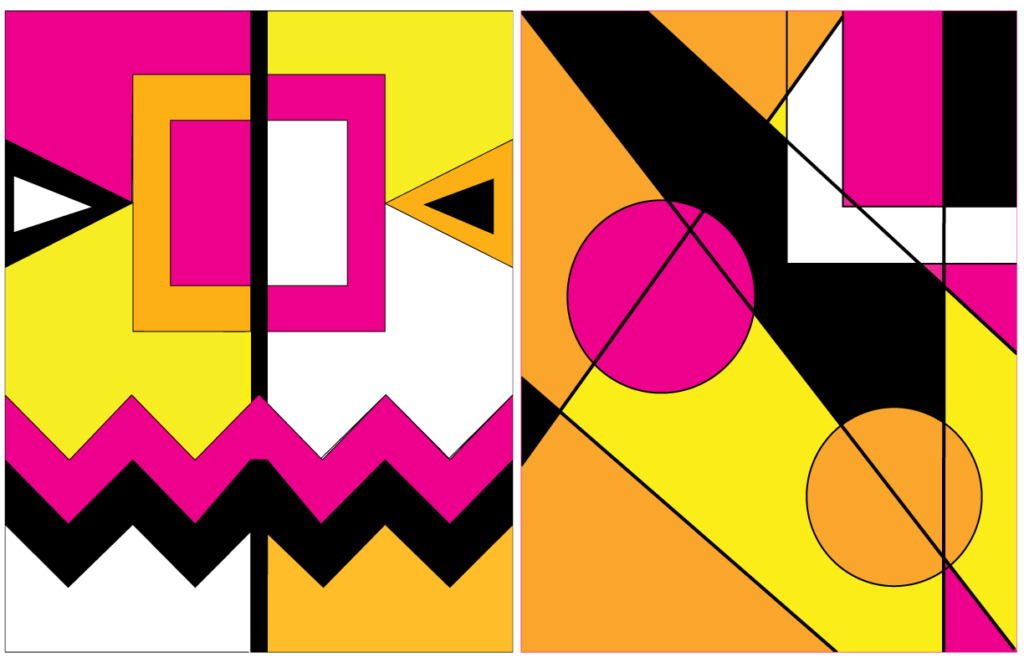
Here’s what another piece of research says. In the past, it was commonly believed that individuals either held dualistic views (seeing the mind and brain as separate) or physicalist views (seeing the mind as a product of the brain). However, findings reveal that people’s intuitive theories are becoming more intricate.
Scientists discovered that many individuals actually combine aspects of both dualism and physicalism in their beliefs. This means they see the mind and brain as interconnected but not entirely one and the same. This complexity in thinking helps explain why people’s beliefs about the mind and brain sometimes appear inconsistent.
For instance, someone might agree that the mind and brain are interconnected but still think that the mind has non-physical aspects. Even professional neuroscientists, who typically lean towards physicalism, can sometimes use language that contradicts this view. These inconsistencies arise because people intuitively embrace both physicalist and dualist elements in their thinking.
In essence, intuitive theories are a blend of old and new ideas, where new beliefs are added to existing ones, making the overall picture more complex.
Final thoughts
The age-old philosophical question of the mind-body problem remains unresolved. Materialist and physicalist perspectives have been dominant in contemporary psychology and neuroscience. But the fundamental challenge of explaining how the non-physical mind and the physical body relate to each other, or even if they could be one and the same, persists.
This complexity isn’t just a matter of public perception. Even some contemporary philosophers find it challenging to accept that the mind is purely a physical entity. Exploring how people think about the mind and its connection to the brain is important for both theory and real-world use.
Overall, it’s commendable that Binomo traders are eager to delve into scientific fields that extend beyond finance. This commitment to lifelong learning is truly valuable.
Sources:
Explaining how the mind works: A new theory, Research Outreach
Neurodualism: people assume that the brain affects the mind more than the mind affects the brain, Cognitive Science
Understanding the difference between the mind and the brain, Nature
